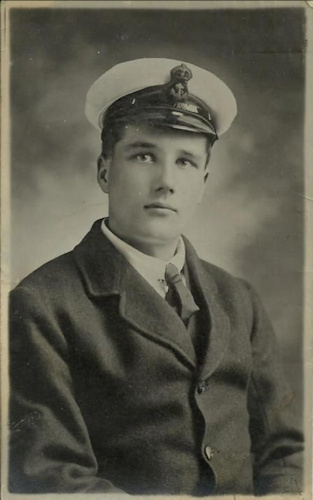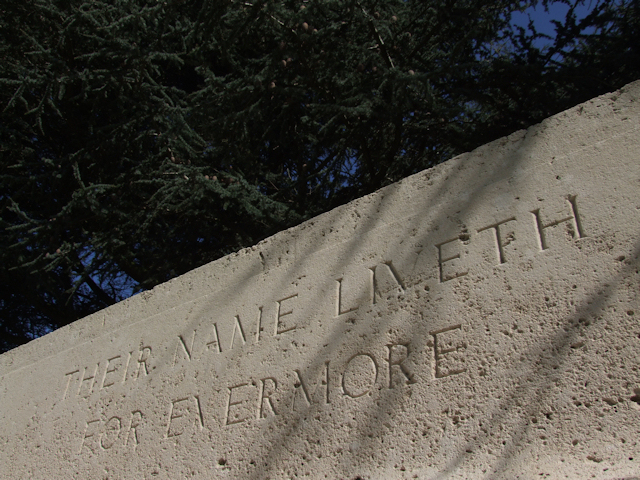Name
Eric Henry Platt Bailey
25th March 1898
Conflict
First World War
Date of Death / Age
11/11/1918
20
Rank, Service Number & Service Details
Flight Lieutenant
Royal Air Force
206 Squadron
Awards: Service Medals/Honour Awards
Not Yet Researched
Cemetery/Memorial: Name/Reference/Country
LINSELLES COMMUNAL CEMETERY
D.5
France
Headstone Inscription
Not Researched
UK & Other Memorials
Stained Glass Window, Hitchin Boys Grammar School,
St Mary's Church Roll of Honour, Hitchin
Pre War
He was the son of James Henry and Esther Bailey of 43, Ridgeway, Enfield, Middlesex. Mr Bailey was a Civil Engineer. He was born on the 25th March 1898 and attended the Hitchin Grammar School from 1911-1913 having previously attended Letchworth C. C. School. He left school to go to the City of London School.
In 1901 the family were living at 24 Parkhurst Road, Friern Barnet and consisted of his parent – James working as a civil engineer, and children: Hilda O (5) and Eric H P Bailey (3)
By 1911, they had moved to 39 Baldock Rd, Letchworth, Herts. James was still a civil engineer, but now working in railway construction, and another sibling had arrived, John Davenport (9). The census recorded that James and Esther had been married for 18 years with all three children living.
Wartime Service
Additional Information
In his Will he left £260 13s 5d.
Acknowledgments
Adrian Dunne, David C Baines, Jonty Wild



